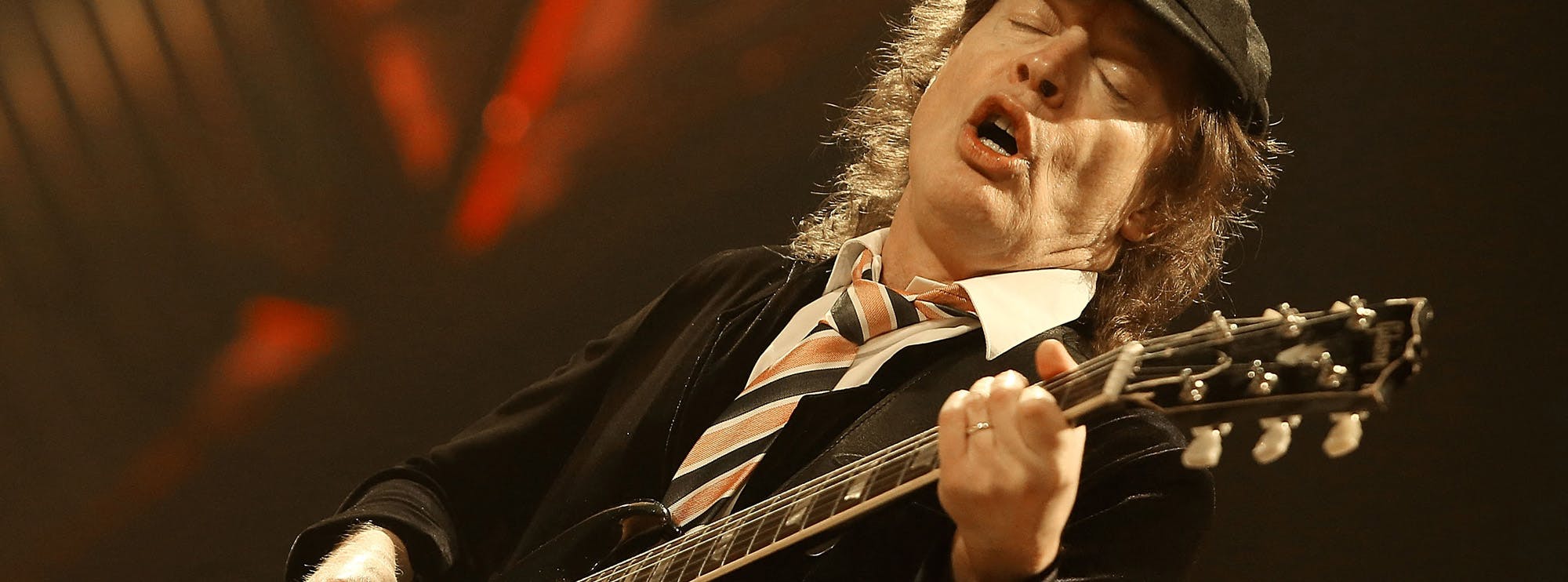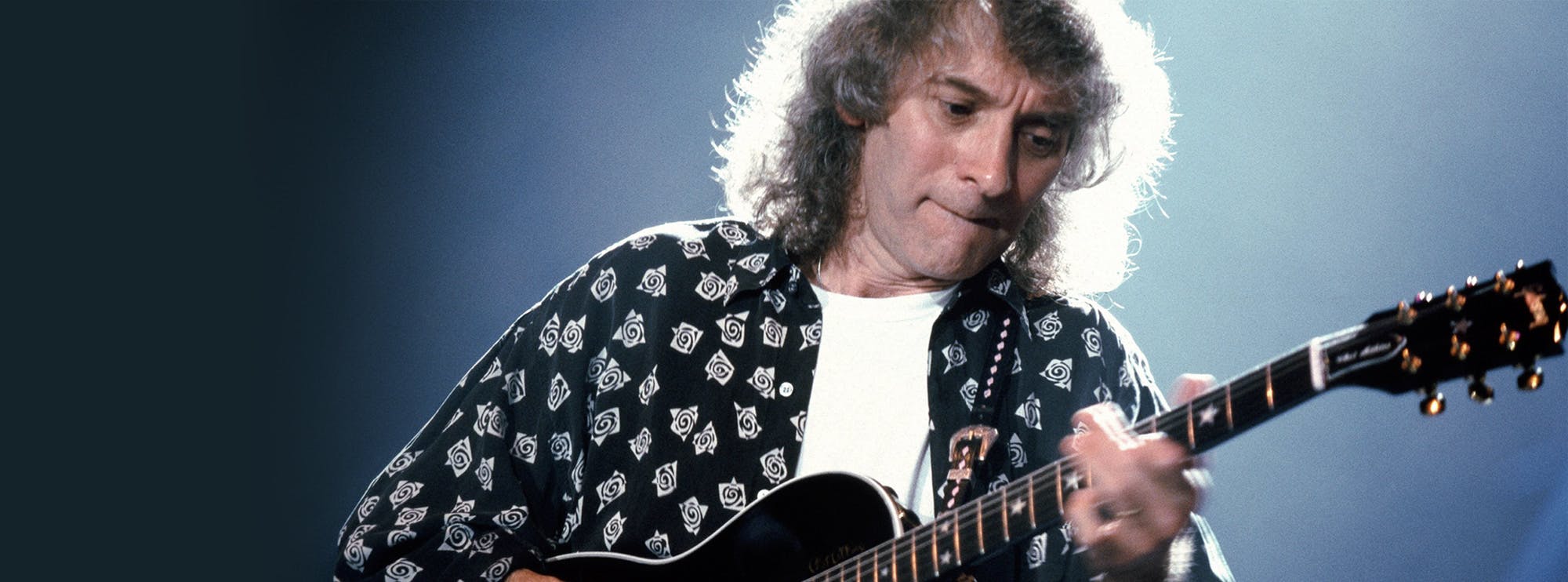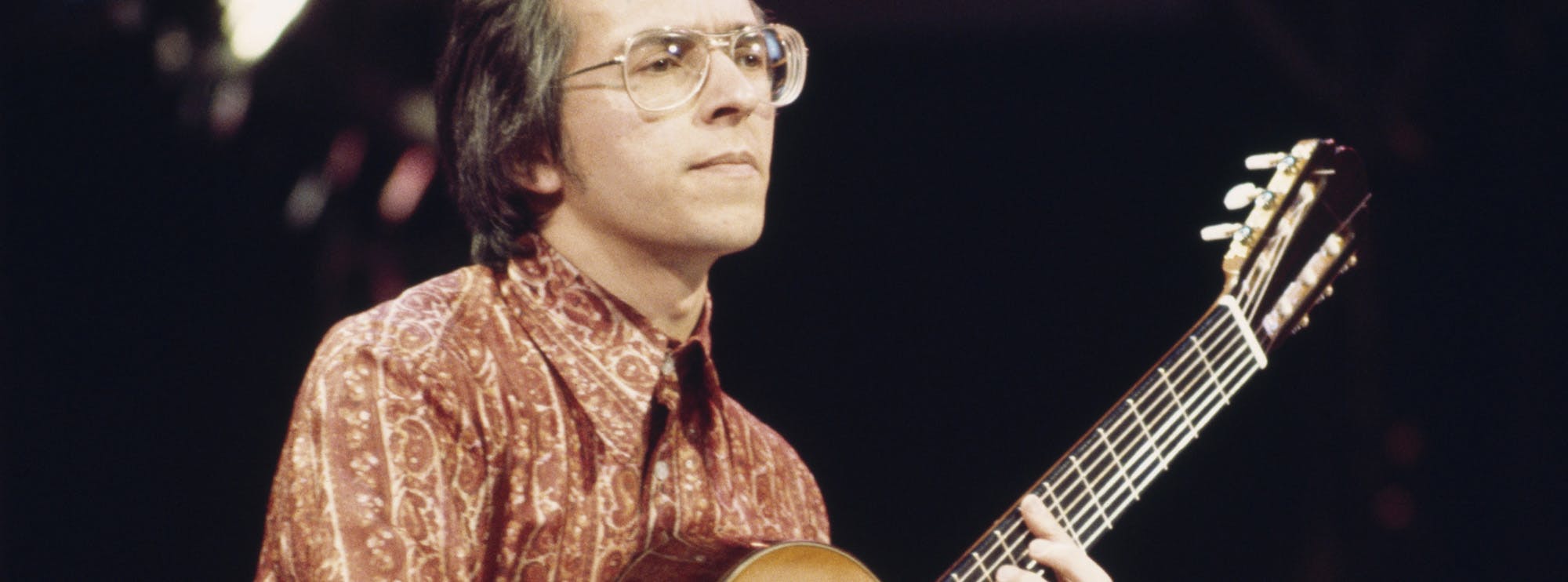King Nothing by Metallica
Metallica’s “King Nothing” is one of the standout tracks from their 1996 album Load, showcasing a darker groove-oriented sound while still retaining the band’s trademark heaviness. At Licklibrary.com, our note-for-note guitar lesson on this track breaks down every riff, chord, and solo detail so you can learn it just as James Hetfield and Kirk Hammett originally played it. This lesson not only teaches you the song itself, but also focuses on the core guitar techniques that drive the sound of “King Nothing.” By mastering these techniques, you’ll improve both your rhythm and lead playing, while strengthening skills that are transferable across a wide range of rock and metal songs. Richard Shaw breaks down this classic track in this exclusive Lick Library video tutorial.
About the Guitar Players
The guitars on “King Nothing” are performed by James Hetfield (rhythm guitar, vocals) and Kirk Hammett (lead guitar). Hetfield is widely regarded as one of the greatest rhythm guitar players in metal history, known for his crushing down-picking precision and innovative riff writing. His playing emphasises tight rhythm work, aggressive palm muting, and power-chord-driven grooves that have inspired generations of players.
Kirk Hammett brings in a contrasting yet complementary lead style, blending blues-based phrasing with speed-driven metal techniques. His use of legato, bends, and expressive vibrato has left a lasting mark on heavy metal lead guitar playing. Together, Hetfield and Hammett’s interplay in “King Nothing” provides a perfect balance of raw power and melodic lead work—making this track a rewarding study for guitarists looking to expand both rhythm and soloing skills.
Techniques Covered in “King Nothing”
Power Chords and Palm Muting
At the heart of “King Nothing” is a series of driving riffs built around power chords and palm muting. These techniques are essential for achieving the tight, punchy rhythm that defines Hetfield’s guitar style. Power chords allow you to lock into the low-end groove, while palm muting helps you control dynamics and create the percussive, chugging sound Metallica is famous for. Learning these techniques improves right-hand control and rhythm precision, a cornerstone for any rock or metal guitarist.
Alternate Picking
The riffs and chugging passages rely heavily on alternate picking for speed and accuracy. Mastering alternate picking ensures that you can play faster passages smoothly while keeping your tone even and consistent. This technique is vital for achieving the precision required in Metallica’s riff-driven style.
Slides and String Bending
Throughout the song, you’ll find slides and string bending used to create fluid motion between notes and add expression to lead lines. Slides give riffs and fills a smooth, connected sound, while bends add vocal-like phrasing to solos. By working on these techniques, guitarists can make their playing more expressive and emotional, elevating their solo work beyond just playing the “right” notes.
Vibrato
Kirk Hammett often uses vibrato to add sustain and personality to held notes in his solos. Vibrato is a vital lead guitar technique that prevents notes from sounding flat or lifeless, instead giving them energy and emotion. Developing strong vibrato will give your solos more authority and improve your overall phrasing.
Hammer-Ons and Pull-Offs (Legato Playing)
Hammett also employs hammer-ons and pull-offs to create fluid runs. Together, these legato techniques help you play fast, flowing lines with less picking effort. They’re perfect for achieving the smoothness required in Metallica’s lead passages, and working on them improves finger strength, coordination, and speed.
Unison Bends and Double Stops
The solo work in “King Nothing” features unison bends and double stops, techniques that add intensity and richness to lead guitar passages. Unison bends create tension and a “wailing” effect, while double stops add harmonic depth to solos. Both techniques are powerful tools for creating standout moments in your lead playing.
Harmonics and Pinched Harmonics
For added colour, harmonics and pinched harmonics are used to create piercing overtones and accents within riffs. These techniques expand your tonal palette, allowing you to add flair and attitude to riffs or solos. They’re especially effective in heavy metal contexts, cutting through dense mixes with unique textures.
Syncopated Rhythms and Groove Playing
“King Nothing” isn’t just about speed—it’s also about groove. The track features syncopated rhythms that shift accents in unexpected places, creating a sense of forward drive. Learning to master syncopation will make you a tighter rhythm player, giving you the ability to lock in with drummers and create more engaging, head-nodding riffs.
Why Learn “King Nothing”?
Learning this track with our note-for-note lesson will not only allow you to play a Metallica classic with total accuracy, but also develop a toolkit of essential guitar techniques that can be applied across countless other songs. From Hetfield’s brutal rhythm precision to Hammett’s expressive lead playing, “King Nothing” is a masterclass in metal guitar. Whether you’re aiming to improve your riffing, tighten your rhythm skills, or add firepower to your soloing, this lesson will give you the tools you need.
Guitar Techniques Used in This Lesson

About The Tutor
Tutor Profile
Rich Shaw
Richard is most well known as the guitarist and co-songwriter for UK metal band, Cradle of Filth, from 2014 until 2022. In his time with the band, he co-wrote and performed on the albums ‘Hammer of the Witches’ (2015), ‘Cryptoriana - The Seductiveness of Decay’ (2017), and ‘Existence is Futile’...




